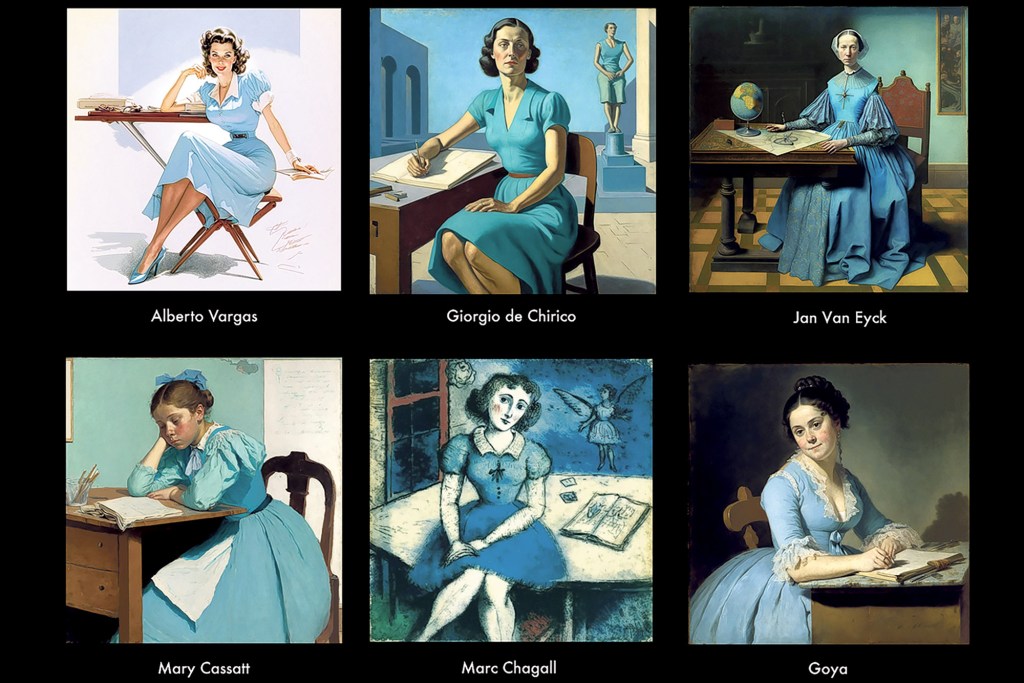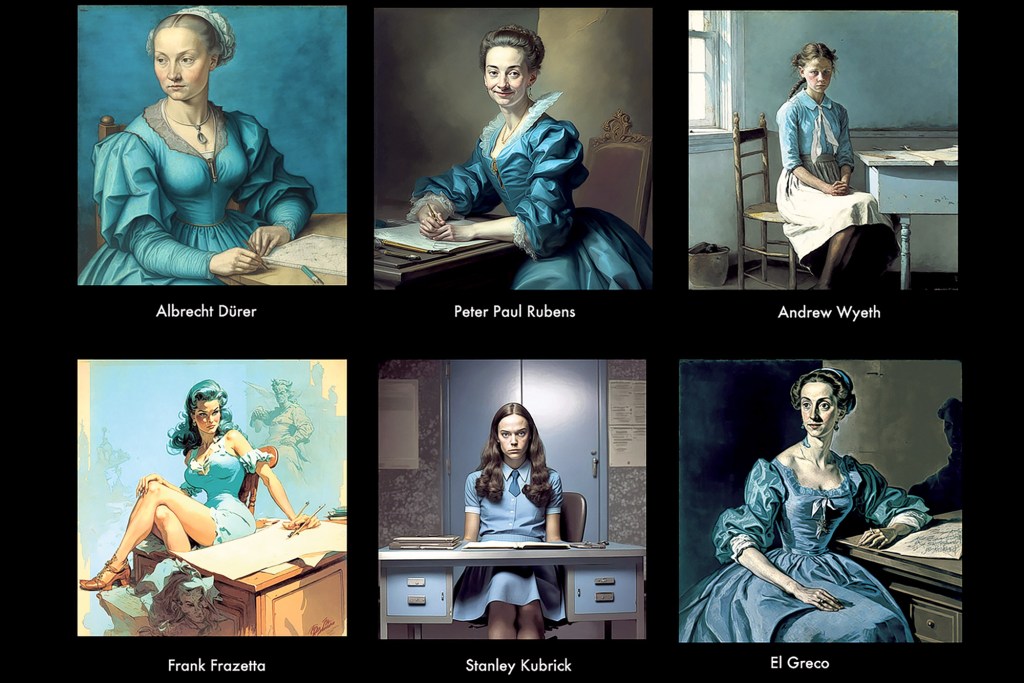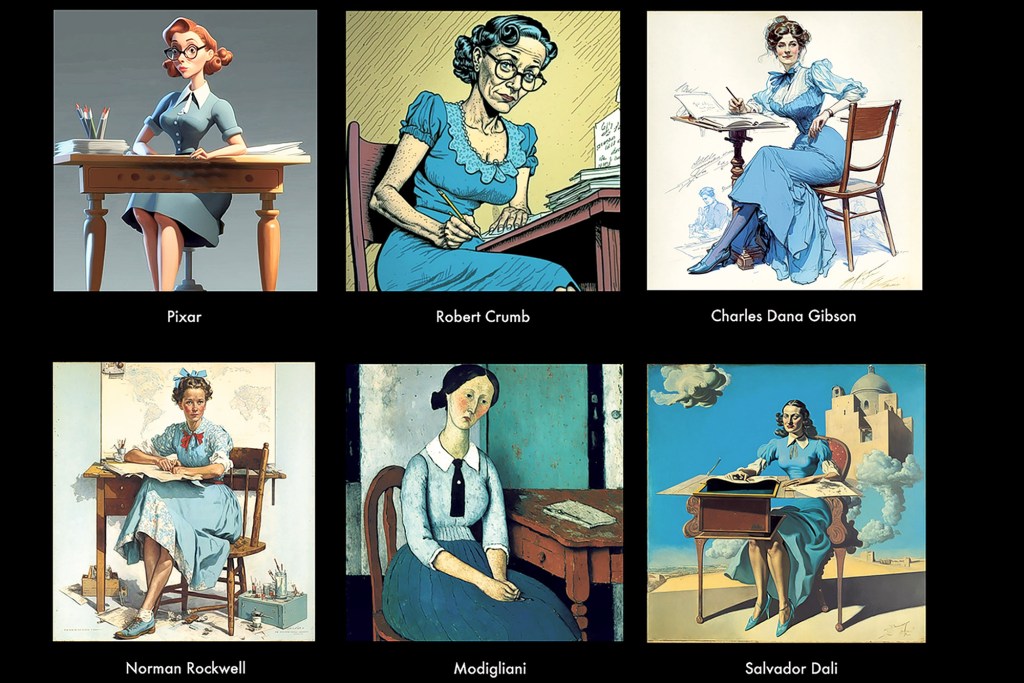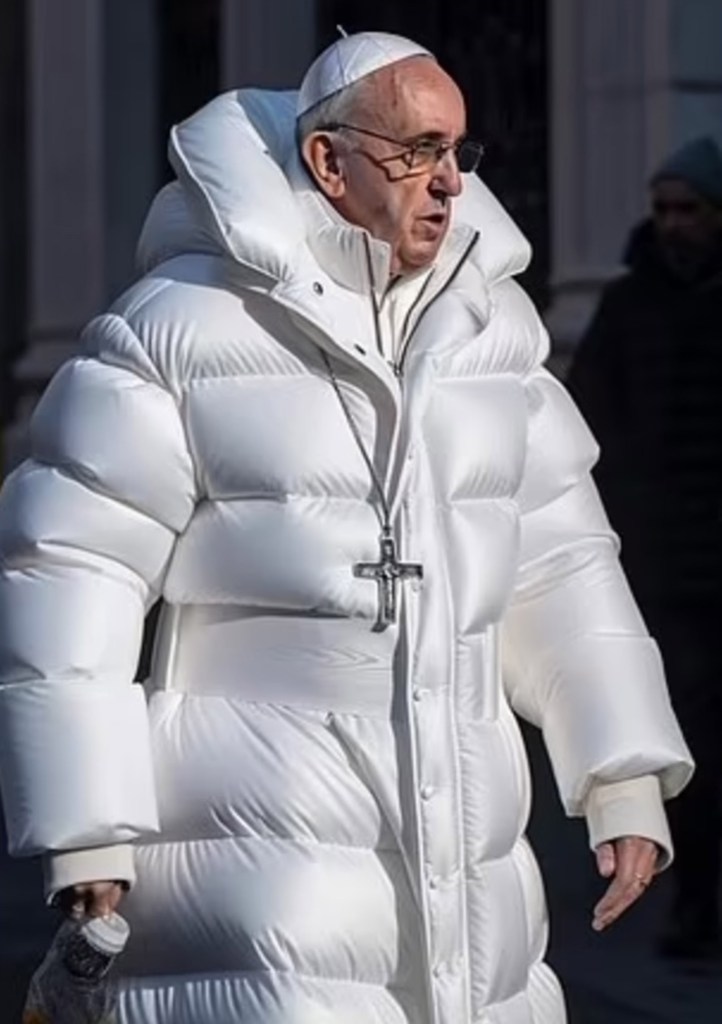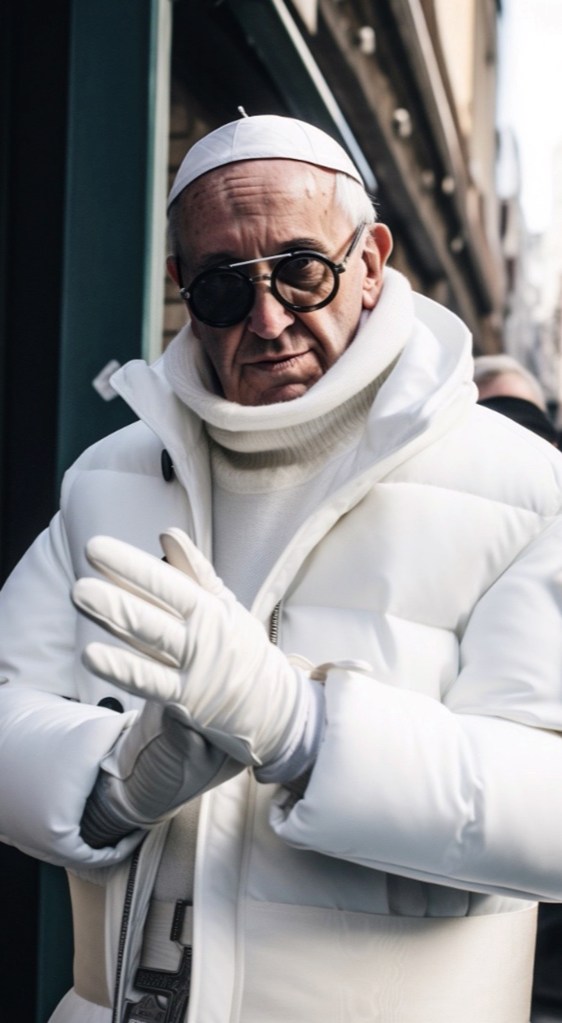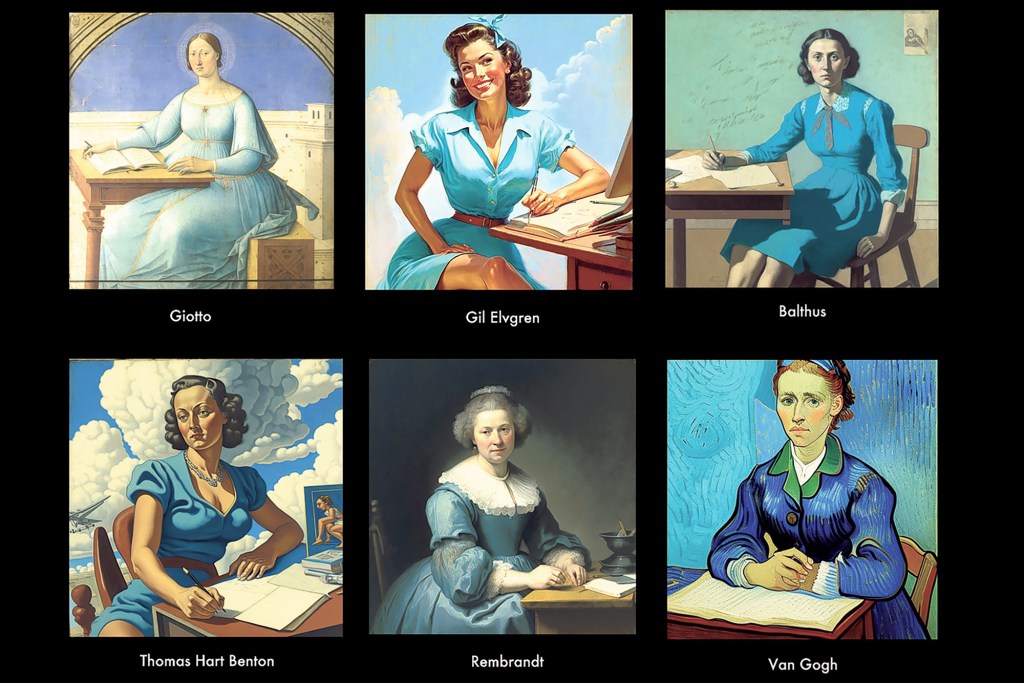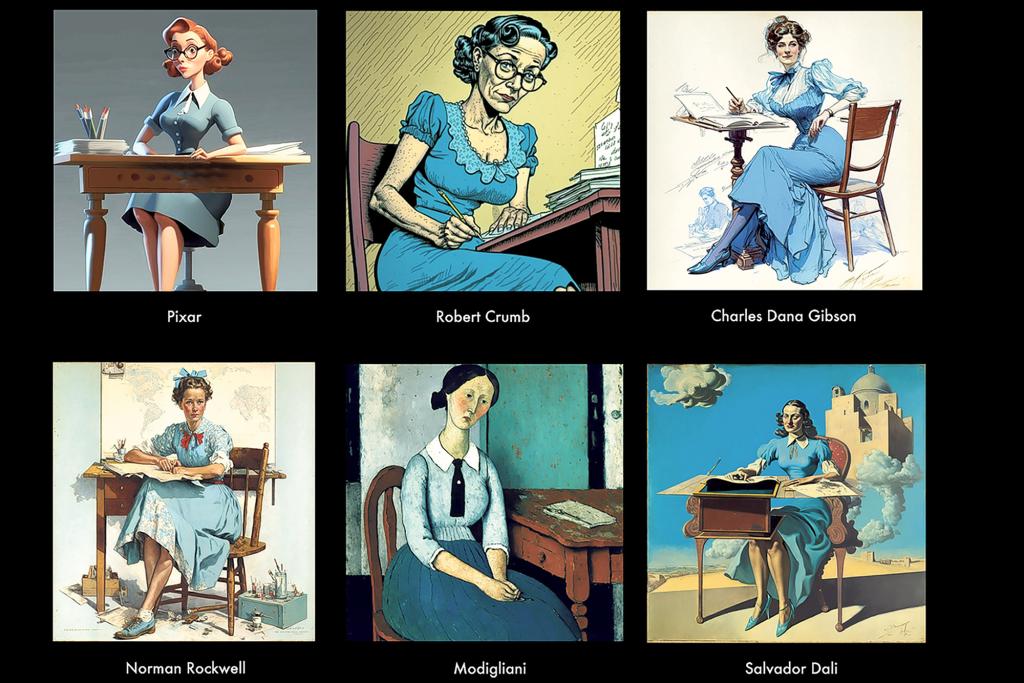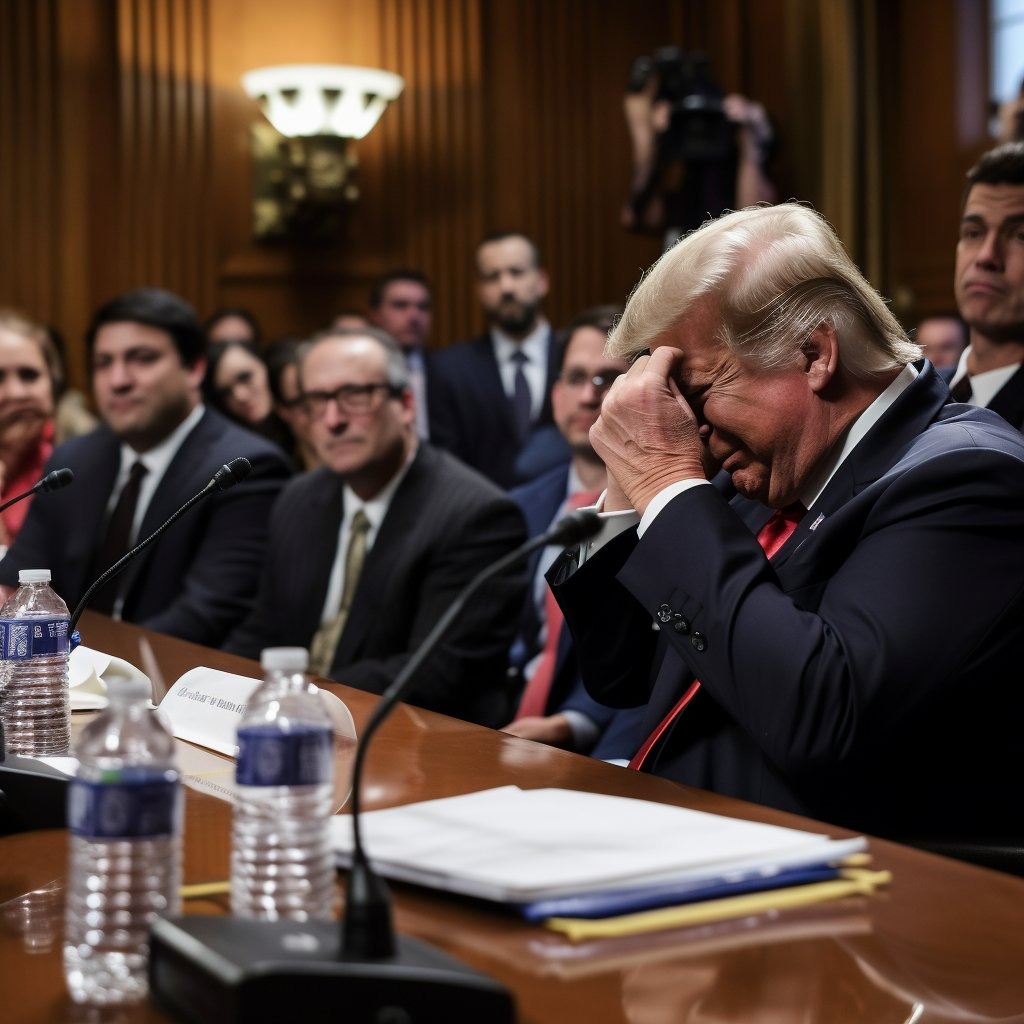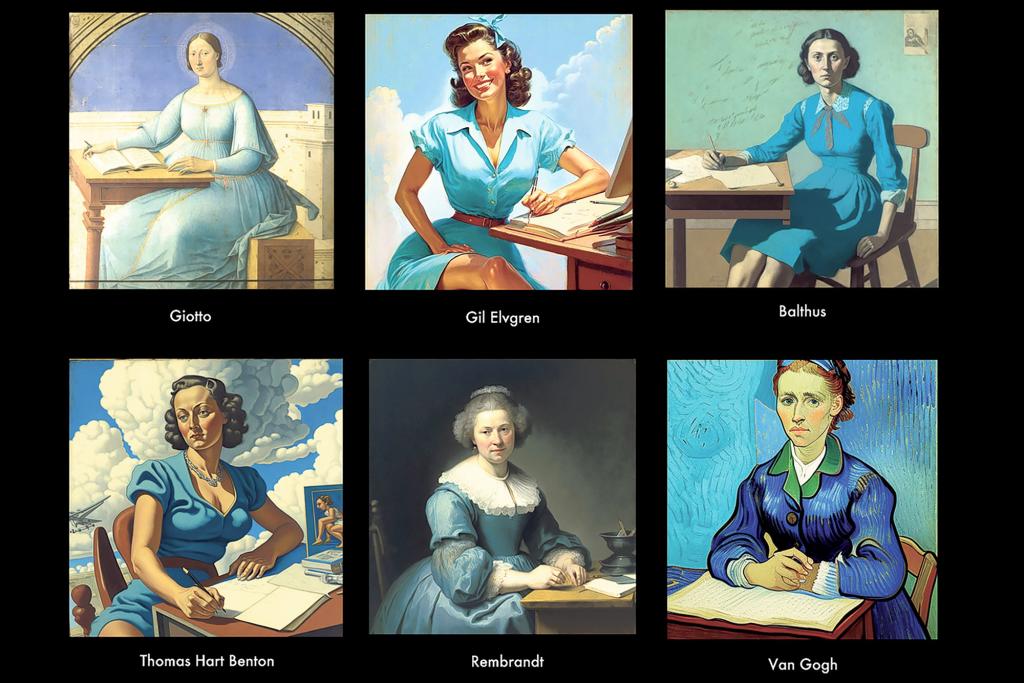It puts the art in artificial intelligence.
People were recently baffled by photos of Donald Trump being aggressively arrested by the NYPD and Pope Francis sporting a luxurious Balenciaga puffy coat circulating widely online.
They were fakes — but incredibly convincing ones.
Both images were created by Midjourney, an AI program that’s rapidly changing art and graphics design, digital culture and AI expert Jamie Cohen said.
“In one year, it advanced to such great quality,” the CUNY Queens College professor told The Post.
“I can’t imagine a world in which it’s not perfect a year or two from now.”
Midjourney is a guiding interface that uses, according to Cohen, an AI called Stable Diffusion to seamlessly create hyper-realistic photos and illustrations based on user prompts.
“Think of it like Midjourney is the steering wheel and Stable Diffusion is the engine of a car,” Cohen said, adding that the former makes the dense AI significantly more user-friendly.
New York Post artist Peter LaVigna tested Midjourney and prompted it to create a series of images of a female school teacher in a sky-blue dress, legs crossed, in the style of two dozen different artists. In just seconds, it spit out pictures in the exact style of everyone from Salvador Dali to comic-book artist Gil Kane.
The technology — which launched in beta mode to the public last July — is the brainchild of San Francisco-based CEO David Holz, who previously did contract work for NASA.
“We like to say we’re trying to expand the imaginative powers of the human species. The goal is to make humans more imaginative, not make imaginative machines, which I think is an important distinction,” Holz told Forbes in 2022.
Not far off from the popular ChatGPT, Midjourney’s core software is a language-based learning model with a remarkably expansive, visual dataset that, in the words of Holz, is “just a big scrape of the Internet.”
Midjourney is part of a much larger wave of image-based AI technology. ChatGPT’s parent company OpenAI — which recently received a $10 billion investment from Microsoft — has its own text-to-image program known as DALL-E. But the images created by Midjourney appear more authentic.
“Midjourney makes more photorealistic outputs [than DALL-E],” Cohen said. “That’s a huge step forward.”
Some are raising the alarm bells about how these fake images could be used to spread misinformation. While photos of Trump being handcuffed could be cross-checked with news reports, many on social media were initially fooled by a couture-clad Pope Francis, which quickly circulated online.
Generative AI like that is more enhanced than “deepfakes,” which are when AI video and audio is overlayed into already existing content.
“I think misinformation is going to hit an all-time high when generative AI and deepfakes start to merge,” Cohen said. “You just create reality when that happens…How do you recognize it? Not easily, you have to apply a lot of media literacy skills.”
Midjourney CEO Holz is already restricting access to his program over such concerns.
Recently, Midjourney banned the word “arrested” from prompts as a spike of the fake Trump pics appeared. He halted free trials of the software earlier this week, he said via Discord, due to “extraordinary demand and trial abuse,” according to Gizmodo.
“We stopped trials because of massive amounts of people making throwaway accounts to get free images,” he told the outlet.
Now to have access, users may subscribe to a plan priced from $10-$60.
Last summer, Holz also banned photos of China’s President Xi Jinping “to minimize drama.”
“Political satire in China is pretty not-okay and at some point would endanger people in [C]hina from using the service,” Holz wrote on Discord.
Age-appropriate content is also an ongoing issue of generative AI. As is privacy, such as creating fake porn of a real person.
On Midjourney, all generated content must be “PG-13” — despite Stable Diffusion being “trained” using nudity and pornographic material. Even Holz admits that the company is struggling to come up with proper guidelines.
“I think we’re still trying to figure out what the right moderation policies are. We are taking feedback from experts and the community and trying to be really thoughtful,” Holz told Gizmodo.
While the images generated can be astonishing in quality, it is possible to spot fakes, particularly by paying close attention to hands, shadows, jewelry, eyeglasses and backgrounds, according to Cohen. Reverse searching images can also provide clues — if no original photo comes up, it was likely software generated.
Still, Cohen said, a fake will be “extremely difficult to spot a year from now” without proper tools.
And while copyright issues are emerging in the generative AI arena — as well as lawsuits over image use — not everyone in the art world is worried.
Mark Winter of Art Experts, a Midtown-based appraiser, said that a work’s true value is always tied to its creator and that the remixing of ideas goes back to the ancient world.
“We have records going back to the Greeks, of basically recycling or pilfering the works of one artist by a lesser talented and creative artist,” Winter told The Post. “Would this be any different? I don’t quite think so.”
He’s also excited about the prospect of new creative possibilities opening up.
“It can be a brand-new window where all sorts of things you have trouble articulating are going to become possible,” Winter said. “I think it’s going to expand tremendously what we can do with our productivity . . . I think it’s going to be phenomenal.”











